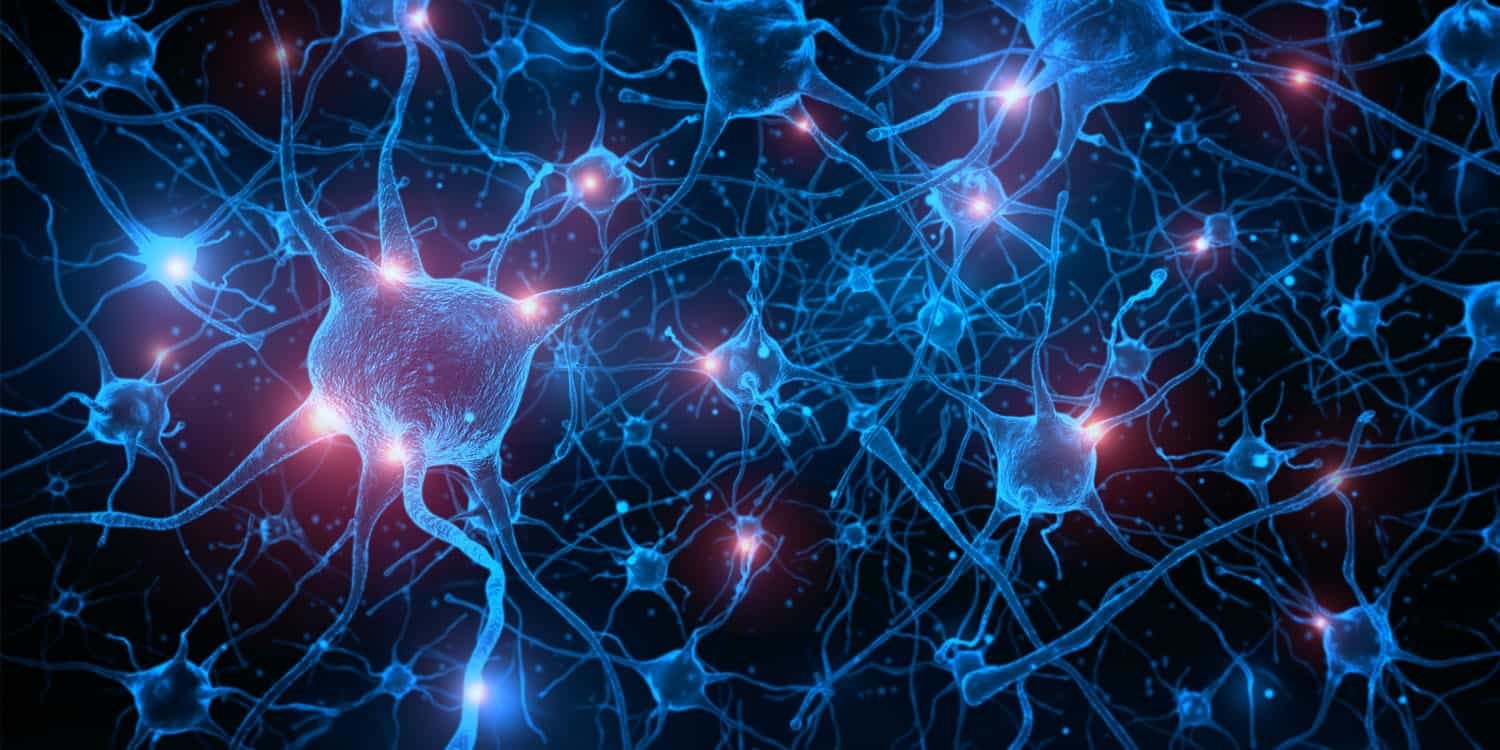A recent study published in The Journal of Neuroscience establishes a direct link between breathing patterns and brain activity during states of anxiety. Researchers observed that rats exhibiting anxiety-like behavior in a controlled setting exhibited increased breathing rates, which in turn altered brain rhythms in critical regions associated with emotion and decision-making.
The research utilized the elevated plus maze, a standard tool for assessing anxiety in rodents. This maze features both open and enclosed arms, and rats naturally gravitate towards the enclosed areas for safety. By placing rats in the maze for ten minutes, scientists monitored their breathing patterns and recorded electrical activity in the olfactory bulb and medial prefrontal cortex—two areas known for processing sensory information and regulating emotions.
To capture the rats’ breathing, researchers inserted a small tube into their nasal cavities linked to a pressure sensor, allowing for precise measurement of airflow. Simultaneously, tiny electrodes implanted in their brains tracked neuronal electrical signals. Video recordings were also made to analyze the rats’ movements in relation to their environment.
Findings indicated that the rats’ breathing rates varied significantly depending on their location within the maze. While in the closed arms, their breathing averaged 0.5 to 4 breaths per second. However, upon entering the open arms, this rate increased to 5 to 10 breaths per second. Even with similar levels of movement, the faster breathing in the open areas indicated a connection to emotional states rather than just physical activity.
Moreover, the study identified respiration-coupled oscillations in both brain regions, which synchronized with the rats’ breathing patterns. The strength of these brain waves increased during anxiety-like behaviors, suggesting that changes in breathing rhythm influence neural activity. This synchronization was particularly notable during episodes of heightened anxiety when the rats were in the open arms.
To further confirm the relationship between breathing and brain activity, researchers employed the Granger causality method. This analysis showed that nasal airflow predicted brain activity timing, reinforcing the idea that the physical act of breathing shapes neural responses in both the olfactory bulb and prefrontal cortex.
Additionally, the study explored how breathing patterns impacted gamma oscillations—fast brain waves linked to attention and memory. It was found that slower breathing in the closed arms correlated with gamma activity around 85 hertz, while faster breathing in the open arms adjusted gamma frequencies to approximately 100 hertz. This variation in gamma activity suggests that breathing not only influences the timing of brain activity but also alters the types of gamma waves produced, potentially affecting information processing during stress.
While this research provides valuable information about the connection between breathing and brain function in anxiety, it was conducted on rats, and further studies are required to determine if similar mechanisms exist in humans. The study’s authors acknowledge the need for additional research to explore other brain regions involved in emotional regulation and to understand the specific pathways through which breathing impacts individual neurons.
Despite these limitations, the findings underscore the importance of breathing patterns in influencing brain function related to emotion and decision-making. This has practical implications for therapeutic approaches, as techniques such as controlled breathing exercises and mindfulness practices are already known to alleviate anxiety symptoms. The study suggests a biological rationale for these approaches: adjusting breathing patterns may directly affect the neural circuits involved in emotional processing.



